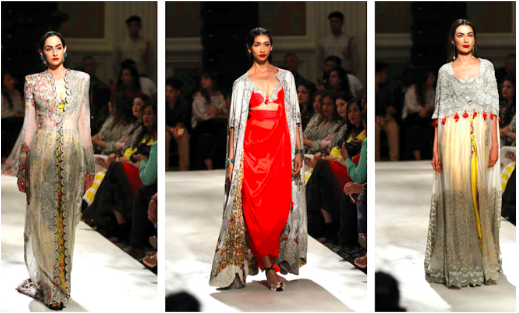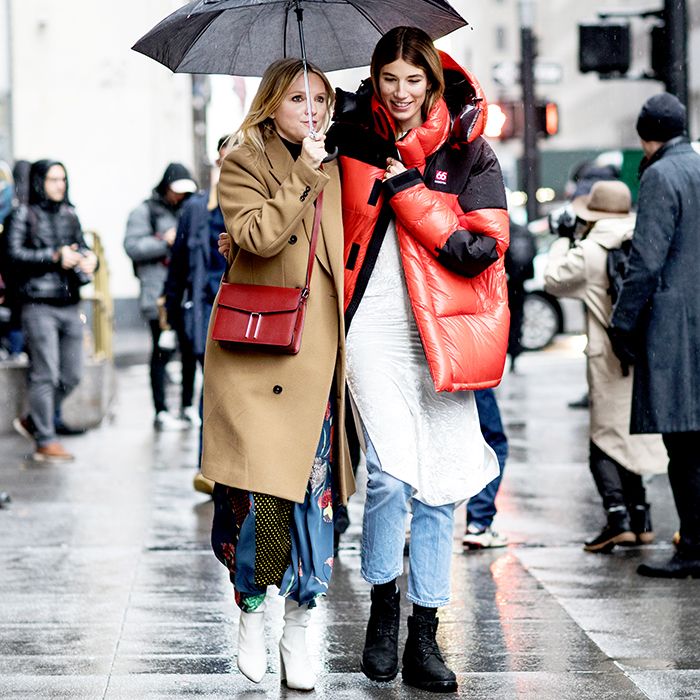Discovering the Rich Heritage of Eastern Wear Pakistan in Modern Fashion
Experience the Style of Traditional Eastern Outfit
Embark on a trip via the complex world of typical Eastern clothes, where each garment tells a tale woven with cultural richness and historic significance. From the dynamic hues of a Chinese qipao to the regal sophistication of a Pakistani shalwar kameez, these garments provide a peek right into a world where workmanship fulfills virtuosity. The blend of elegant materials and delicate embroidery methods develops a tapestry of style that goes beyond borders and time. Join us as we unravel the secrets behind these exquisite pieces and find the appeal of Eastern outfit that has astounded generations.
Background of Eastern Attire
Eastern clothes has a rich history that goes back centuries, showing the varied societies and traditions of areas such as Asia and the Middle East. The clothes styles in these areas have been influenced by different aspects such as climate, religion, social condition, and historical occasions. In Asia, conventional clothing differs greatly from the vivid saris put on in India to the elegant kimono of Japan. The Center East flaunts a broad array of garments styles, from the moving abayas of Saudi Arabia to the intricate kaftans of Morocco.
Throughout background, Eastern outfit has not just served as a type of clothes but likewise as a symbol of cultural identity and heritage. Today, Eastern attire continues to progress, mixing standard aspects with contemporary style fads to develop timeless and distinct styles.
Relevance of Embroidery
Embroidery plays an important duty in conventional Eastern outfit, adding elaborate details and social significance to garments that have actually been given with generations. In Eastern societies, embroidery is not simply ornamental but holds deep symbolic meanings. Each stitch and pattern can share stories, ideas, and even social status.
The art of needlework in standard Eastern clothes is a labor-intensive procedure that needs ability and persistence. Highly skilled artisans meticulously hand embroider elaborate styles onto textiles utilizing strategies that have actually been refined over centuries. These stitched styles commonly reflect the abundant social heritage of the region they stem from, showcasing motifs influenced by nature, mythology, or historical events.

Extravagant Fabrics Made Use Of
Glamorous materials play a crucial duty in enhancing the elegance and opulence of typical clothes across varied Eastern societies. Silk, renowned for its soft qualities and sheen, is a favored option for lots of conventional garments due to its glamorous feeling and capability to curtain gracefully. In countries like India, China, and Japan, silk has a long history of being used in traditional attire, symbolizing riches and condition.
Another extensively utilized elegant fabric is brocade, characterized by complex patterns woven right into the material. Brocade adds a touch of elegance to garments and is typically seen in ceremonial outfits and formal wear. Velour, with its website here deluxe structure and abundant appearance, is likewise a popular option for conventional clothing in Eastern societies, particularly for unique celebrations and cheery events.
Furthermore, organza, chiffon, and satin are regularly made use of for their light-weight and flowing qualities, including a sense of delicacy and style to garments. These glamorous materials not only boost the aesthetic appeal of traditional Eastern attire however likewise contribute to the total allure and beauty of the wearer.
Craftsmanship Methods
Standard attire in numerous societies showcases impeccable craftsmanship techniques that are passed down with generations, highlighting the skill and creativity associated with producing these elegant garments. Each stitch, embroidery, and decoration is diligently crafted to develop classic items that embody the social heritage and customs of the region. The craftsmanship strategies made use of in standard Eastern attire typically include complex handwork, such as hand weaving, hand needlework, and hand beading, which call for accuracy and interest to information.
Artisans who specialize in these techniques go through years of training to best their skills and grasp the conventional approaches of garment construction. Using high-grade materials incorporated with specialist workmanship causes garments that not only look aesthetically spectacular yet additionally stand the test of time. The commitment to protecting these workmanship strategies guarantees that each piece of standard Eastern outfit is a work of art, showing the rich social history and heritage of the area.
Ageless Elegance and Elegance

The elaborate embroidery, delicate beadwork, and extravagant textiles used in conventional Eastern attire contribute to its unequaled appeal. The precise handiwork gave via generations ensures that every item tells a story and emanates sophistication and poise.
In addition, the classic shapes and graceful draping of traditional Eastern attire contribute to its long-lasting beauty. The flowing lines and classy styles produce a feeling of harmony and balance that is both visually appealing and emotionally exciting.
In significance, the ageless beauty and appeal of traditional Eastern outfit function as a testament to the ability and creativity of the craftsmen who dedicate their lives to protecting these exquisite sartorial practices. - eastern wear pakistan
Final Thought
Finally, the beauty of conventional Eastern attire is a testament to the abundant history, cultural value, and intricate workmanship of the area. From the sophisticated embroidery to the lavish textiles and classic appeal, each garment tells a story and reflects the cultural identity of its origins. Embracing Eastern outfit allows one to value the virtuosity and elegance that have actually been passed down through generations, producing genuinely exquisite and captivating pieces.
Embark on right here a trip with the elaborate learn the facts here now world of conventional Eastern outfit, where each garment tells a story woven with social splendor and historical importance.Embroidery plays an essential role in conventional Eastern outfit, adding complex details and cultural importance to garments that have been passed down via generations.Elegant textiles play an essential function in improving the sophistication and luxury of standard clothes across varied Eastern societies. The workmanship strategies used in conventional Eastern clothing often include detailed handwork, such as hand weaving, hand needlework, and hand beading, which require precision and focus to detail.
In conclusion, the style of traditional Eastern clothes is a testament to the abundant history, cultural significance, and elaborate workmanship of the region.